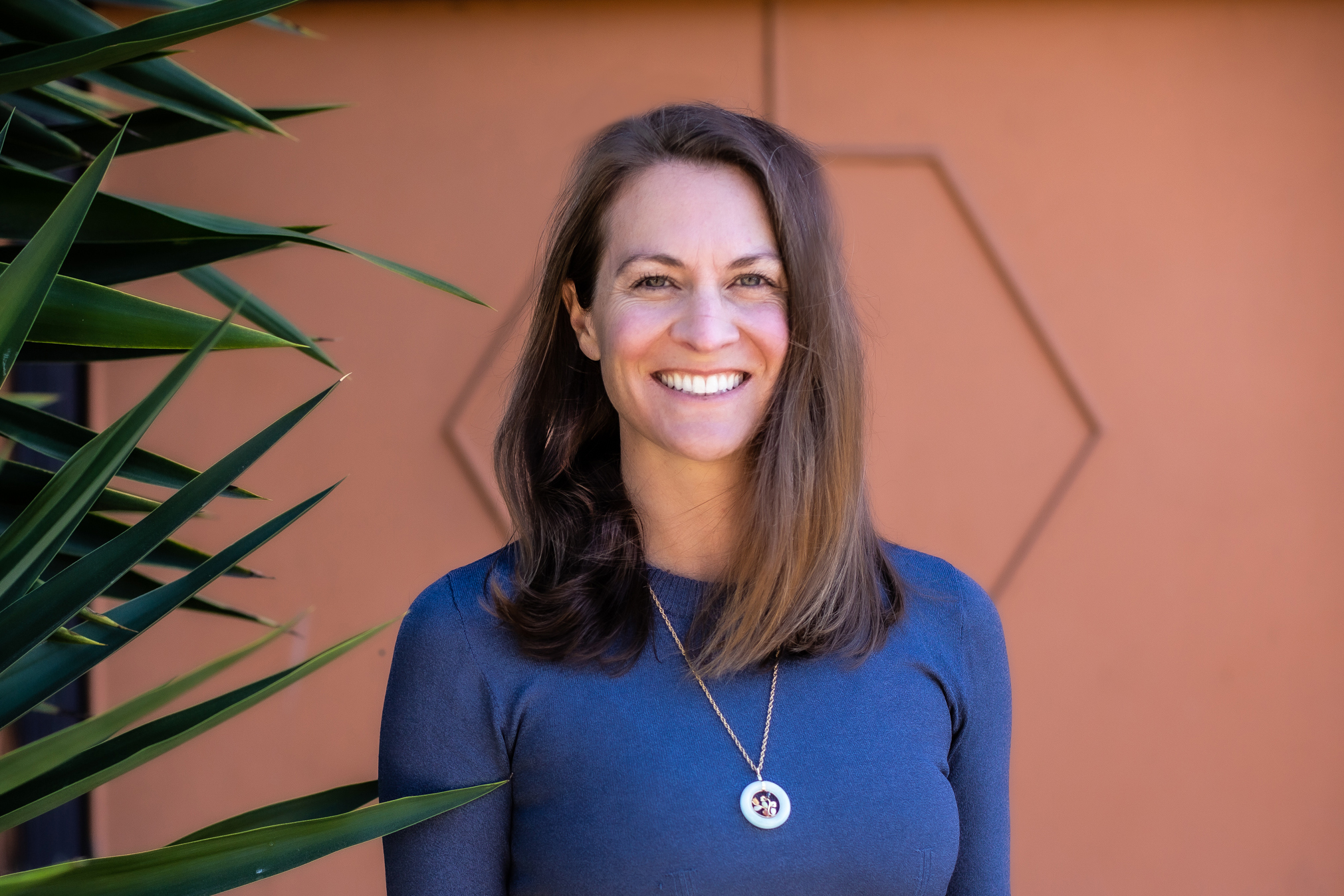Announcing the 2022 Lyman Recipient

BCNM is excited to announce Julia Irwin (Ph.D. Candidate in Film & Media, DE in New Media) has been awarded this year’s 2022 Peter Lyman Fellowship for her dissertation of 'Patterning Recognition: A History of Automated Visual Perception'!
The Peter Lyman Graduate Fellowship in new media, established in the memory of esteemed UC Berkeley Professor Peter Lyman, provides a stipend to a UC Berkeley Ph.D. candidate to support the writing of his or her Ph.D. dissertation on a topic related to new media. The fellowship is supported by donations from Professor Barrie Thorne, Sage Publications and many individual friends and faculty.
In light of the U.S. military’s twenty-first-century embrace of pattern recognition techniques for automating image interpretation and targeting procedures, Julia examines how pattern recognition became the dominant mode of optical perception in institutional settings. It inquires into the conditions that enabled human sight to be conceived as an automatable entity and the politics inherent in the process of translating perceptual experience into a machine-readable and -executable format. Taking cues from the field of computer vision today, Julia identifies three modalities of vision—proprioceptive sensing, object detection, and behavior pattern recognition—and historicizes each. The objects of study are twentieth-century industrial, military, and academic programs for training human visual perception for institutional purposes that have, implicitly and explicitly, informed the design and deployment of today’s software. Composed of image-based media as well as sets of textual instructions for how to look and what to do with visual information, these pedagogical frameworks procedurize vision, pursuing repeatability at the expense of singularity in interpretable experience. Cultivating the capacity to discern certain patterns requires filtering out other elements within a present field of view and one’s memory alike. Therefore, learning paradoxically demands an unlearning.
Julia's conceptual framework—patterning recognition—articulates the reflexive ways in which the time-based, physically enacted process of human visual perception was itself patterned. It was, in variegated ways, transformed into a semiotic system, a set of fixed ideas and representational forms that pre-structure the embodied act of seeing and foreclose the means of meaning-making.
A methodological and critical intervention into contemporary discourse on computer vision bias, which emphasizes algorithms’ simultaneous black-boxed and agential nature, Julia’s conceptual and media history demonstrates the ways in which the mechanisms of pattern recognition are present in proto-algorithmic form in these earlier instances of trained human vision. Studying them can render today’s opaque systems more legible.
